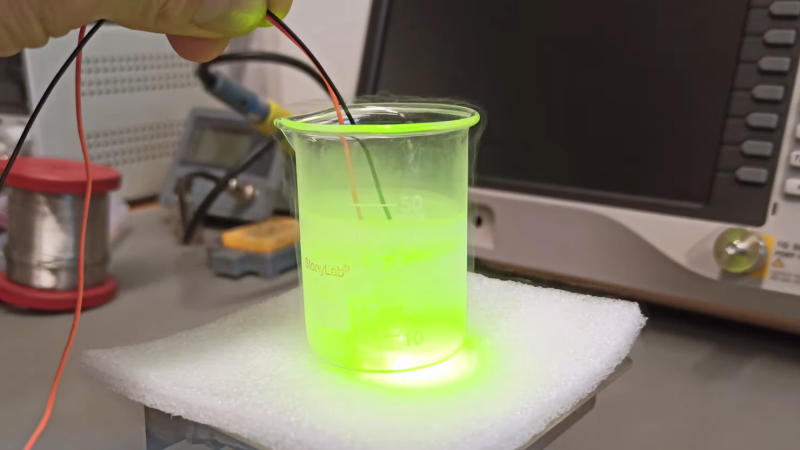Researchers at the Delft University of Technology wanted to use FPGAs at cryogenic temperatures down around 4 degrees Kelvin. They knew from previous research that many FPGAs that use submicron fabrication technology actually work pretty well at those temperatures. It is the other components that misbehave — in particular, capacitors and voltage regulators. They worked out an interesting strategy to get around this problem.
The common solution is to move the power supply away from the FPGA and out of the cold environment. The problem is, that means long wires and fluctuating current demands will cause a variable voltage drop at …read more
 Continue reading A Cold Hard Look at FPGAs→
Continue reading A Cold Hard Look at FPGAs→

